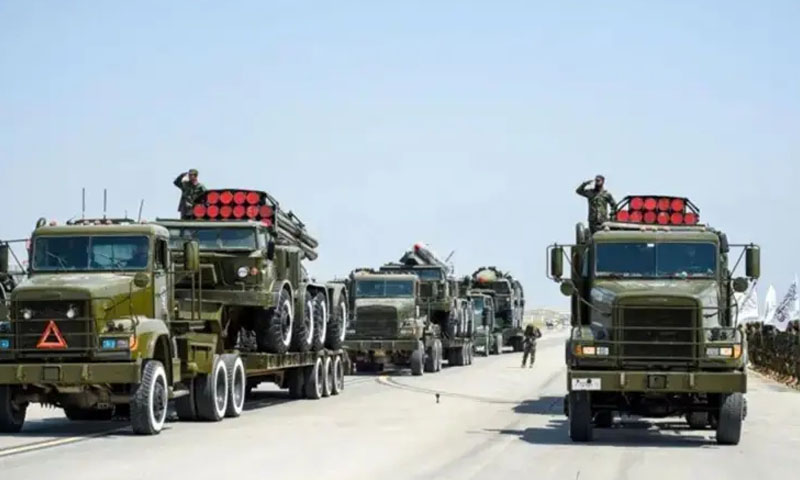- Web Desk
- 4 Hours ago
How a CIA-trained Tibetan commando was used by India against Pakistan?
-

- Hum News
- Dec 16, 2024

ISLAMABAD: In 1971, the then Indian army chief issued a covert directive to the General Commanding Officer of Eastern Command, initiating a campaign that ultimately led to the disintegration of Pakistan.
Indian security affairs writer Praveen Swami reveals that this clandestine operation, codenamed “Operation Instruction 52”, directed Indian forces to formally assist the Bengali interim government in their independence movement. Additionally, Indian guerrilla units were tasked with collecting weapons from local Bengalis and training them, according to a report in the BBC Urdu.
More to Read: Indian army granted authority to control social media
Swami, in an article published in “The Hindu”, elaborates that the Eastern Command’s objectives were to: engage Pakistani military forces in security operations in East Bengal; demoralize and weaken Pakistani forces on the eastern front; disrupt Pakistan’s logistical capacity to prevent any aggression against Assam and West Bengal, and prepare guerrilla units to support the Indian Army in the event of war with Pakistan.
Brigadier Sujan Singh Uban, later promoted to Major General, was assigned to implement this plan. Uban, an artillery officer, was appointed to lead the Special Frontier Force (SFF), initially created to counter Chinese forces in Tibet. The SFF was extensively trained by the United States’ Central Intelligence Agency (CIA).
French author Claude Arpi, an expert on Tibet, China, and India, cites declassified US documents and references from Kenneth Conboy and James Morrison’s book, “The CIA’s Secret War in Tibet”. He discusses meetings between US officials, CIA operatives, and Indian intelligence personnel, including Intelligence Bureau (IB) head BN Mallick, which led to the creation of a tactical guerrilla force of 5,000 men. The CIA’s Far East Division planned an extended resistance movement in Tibet while managing Tibetan freedom fighters in northern Nepal.
Arpi notes that India’s collaboration with the CIA was short-lived. Eventually, the Tibetan force, led by Uban, evolved into “Establishment 22,” or “Two-Two,” named after Uban’s prior command, the 22nd Artillery Mountain Regiment. By 1967, the SFF was formally handed over to India’s Research and Analysis Wing (RAW) and later deployed in East Pakistan during the Bangladesh Liberation War.
Swami highlights the SFF’s guerrilla operations in East Pakistan, noting that in July 1971, the first unit of 110 irregulars crossed into East Pakistan from Madaripur. They targeted infrastructure, including tea gardens, riverboats, and railway tracks, disrupting Pakistani military movements and the region’s economy. By September 1971, India had expanded its training programs, preparing 20,000 guerrillas each month across 10 camps, with eight Indian soldiers assigned to train every 100 recruits.
This account underscores the role of covert operations by India and the CIA in the 1960s and 1970s. It highlights the integration of the SFF into RAW and their involvement in the “Bangladesh Liberation War”, shaping the region’s geopolitical landscape.




